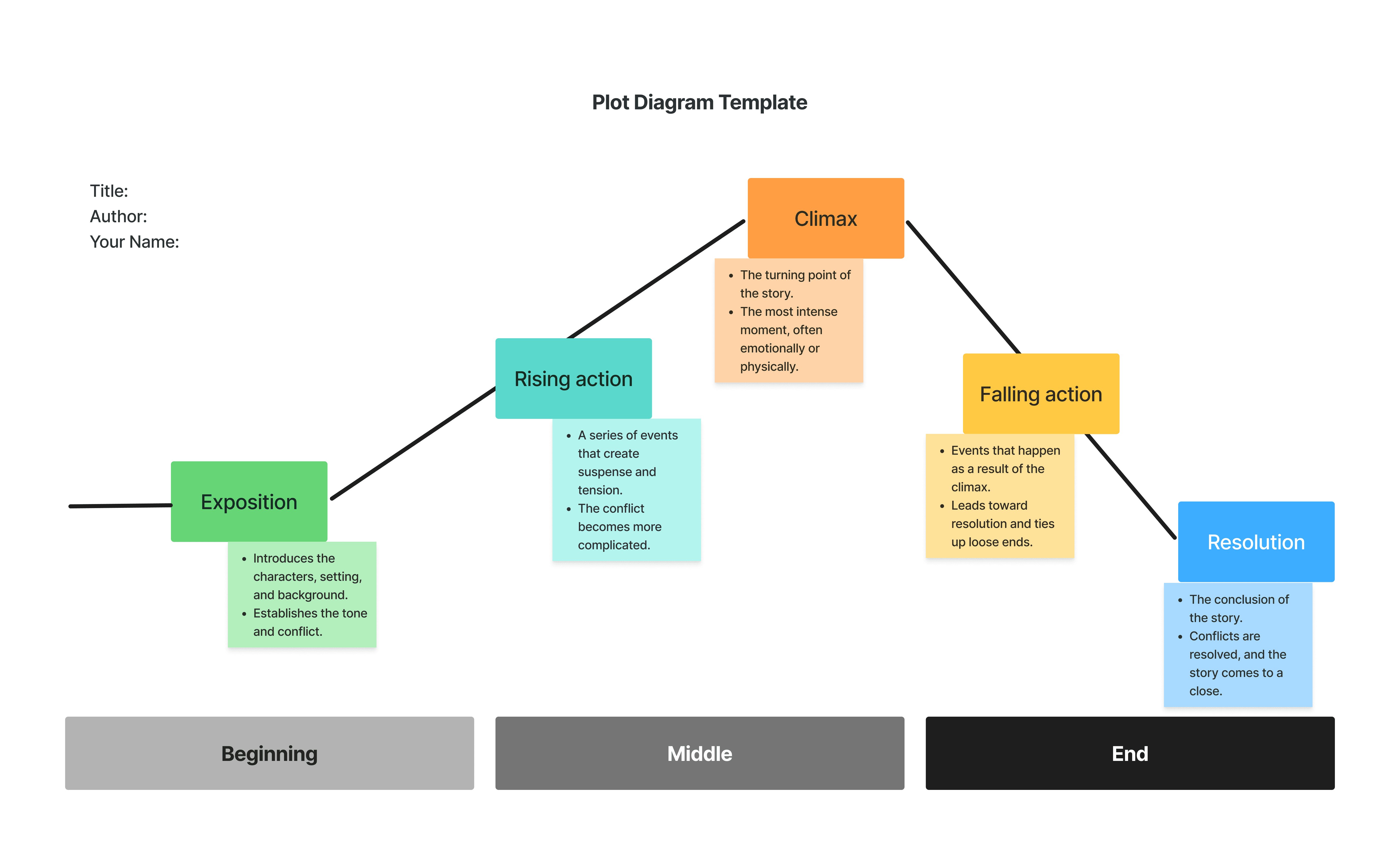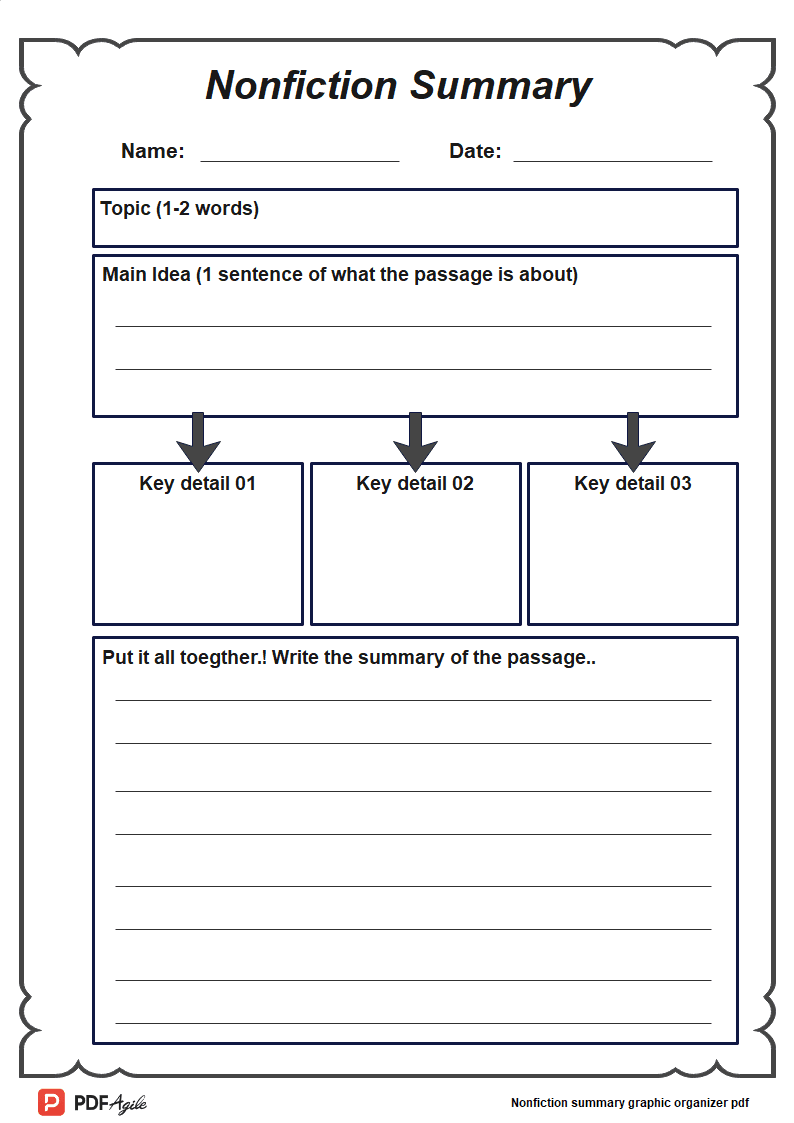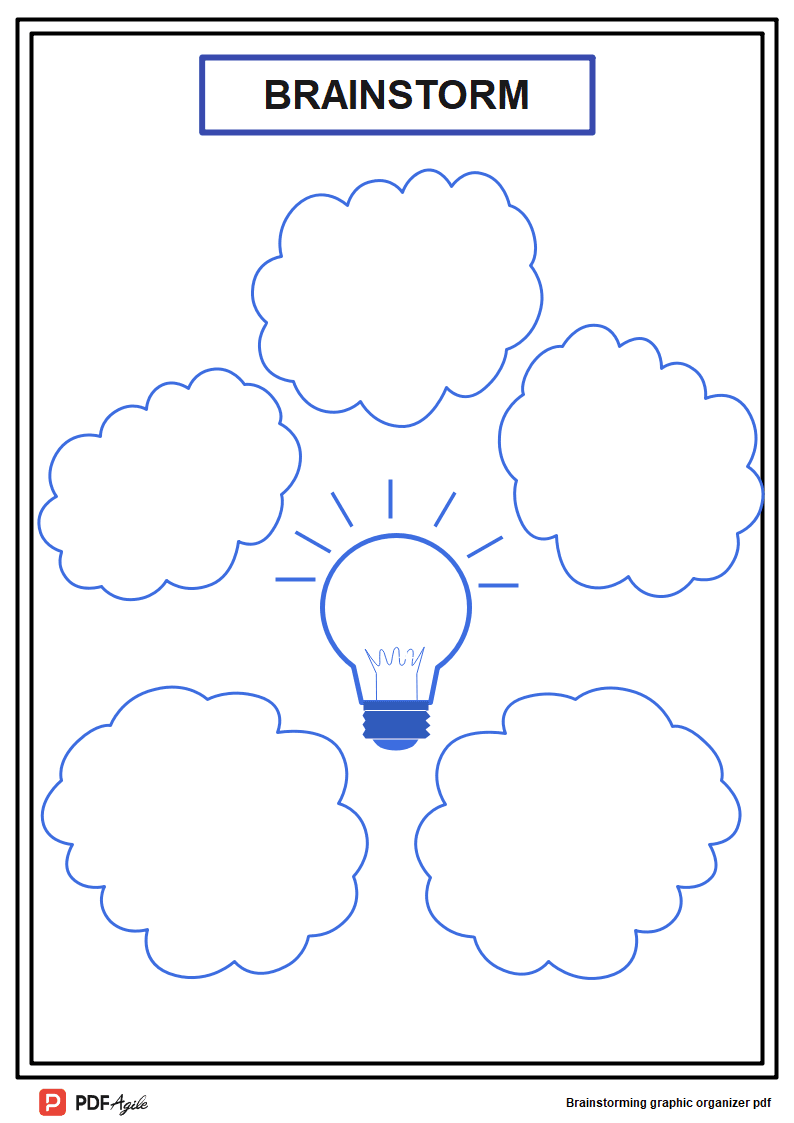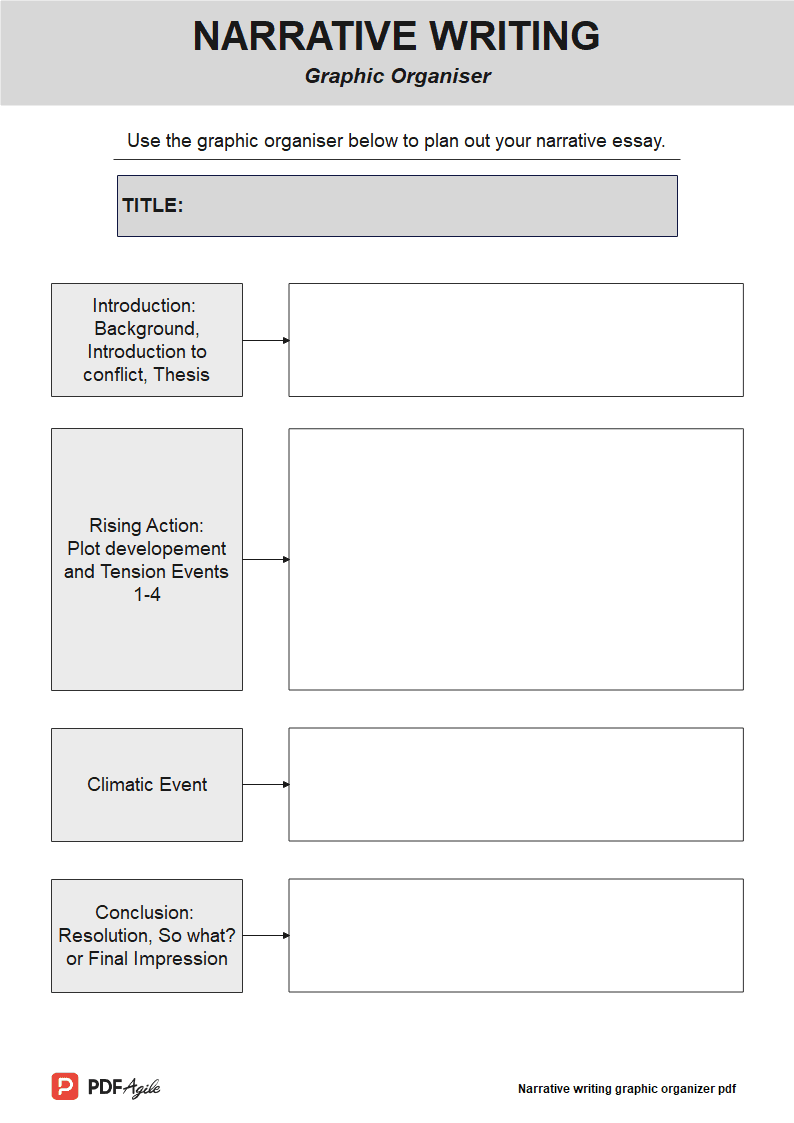Have you ever been so engrossed in a book you couldn't put it down, or so captivated by a movie that the world around you faded away? That powerful connection isn't an accident—it's the result of a masterfully crafted structure working behind the scenes. At the heart of nearly every compelling narrative lies a timeless blueprint that guides the audience on a journey of rising tension, emotional peaks, and satisfying conclusions. This blueprint is known as the plot diagram, and understanding it is the key to unlocking the secrets of great storytelling. Whether you're an aspiring writer aiming to craft your own masterpiece, a student dissecting a piece of literature, or simply a curious reader, this guide will illuminate the framework that gives our favorite stories their power and shape.
What is a Plot Diagram? A Blueprint for Compelling Stories
A plot diagram, also known as a story arc or narrative arc, is a graphical tool that maps out the sequence of events in a story. It provides a visual representation of the story's structure, ensuring a narrative that captivates from the first page to the last.
Originally conceived by the 19th-century German novelist Gustav Freytag, this model, often called Freytag's Pyramid, deconstructs a story into five fundamental parts: exposition, rising action, climax, falling action, and resolution. Understanding this framework is a game-changer for writers, readers, and students alike, offering a clear roadmap to crafting and analyzing any narrative.
The Five Core Elements of a Plot Diagram
Every story takes its audience on a journey. The plot diagram charts this course.
Exposition: This is the story's foundation. It introduces the audience to the characters, establishes the setting (time and place), and presents the initial conflict or inciting incident that sets the story in motion. It's where the reader gets their bearings and learns the essential background information.
Rising Action: This is where the tension builds. The rising action consists of a series of events, obstacles, and conflicts that escalate the stakes for the protagonist. Each step brings new challenges and deepens the central conflict, pulling the reader further into the story and building suspense toward the peak.
Climax: The climax is the story's turning point—the moment of maximum tension and drama. It's the peak of the pyramid where the protagonist must confront the main antagonist or the central conflict directly. The outcome of this confrontation irrevocably shapes the story's conclusion.
Falling Action: After the explosive energy of the climax, the falling action begins to wind things down. This section deals with the immediate consequences and aftermath of the climax. Loose ends start to be tied up, and the tension subsides as the narrative moves toward its final resolution.
Resolution: Also known as the dénouement, the resolution is the story's conclusion. The central conflict is fully resolved, and a new normal is established. The protagonist has often undergone a significant personal transformation. It provides the reader with a sense of closure, answering the story's primary questions.
Why Use a Plot Diagram? The Benefits for Writers and Students
A plot diagram is more than just an academic exercise; it's a powerful and practical tool.
For Writers:
- Provides Structure and Focus: It prevents the dreaded "saggy middle" by ensuring the plot is always moving forward.
- Improves Pacing: By visualizing the story's arc, writers can better control the flow of events, building tension and releasing it effectively.
- Ensures Cohesion: It helps track character arcs and subplots, ensuring they all contribute to the main narrative in a meaningful way.
- Aids in Revision: It provides a high-level overview that makes it easier to identify plot holes, inconsistencies, or areas where the story drags.
For Students and Readers:
- Enhances Comprehension: It simplifies complex narratives, making it easier to understand the relationships between key events.
- Develops Analytical Skills: It serves as a framework for literary analysis, helping students identify and discuss structural elements in a text.
- Improves Memory Retention: Visualizing the story's structure can help in remembering key plot points for exams or discussions.
Plot Diagram Template Example
To illustrate how a plot diagram works in practice and how its different components come together to form a complete story arc, let's look at an example using the classic fairy tale of "The Three Little Pigs":

Free Download: Plot Diagram Template
You can download the Plot Diagram Template mentioned above by clicking Use Template button on this page. Customize it to fit your specific needs and preferences.





